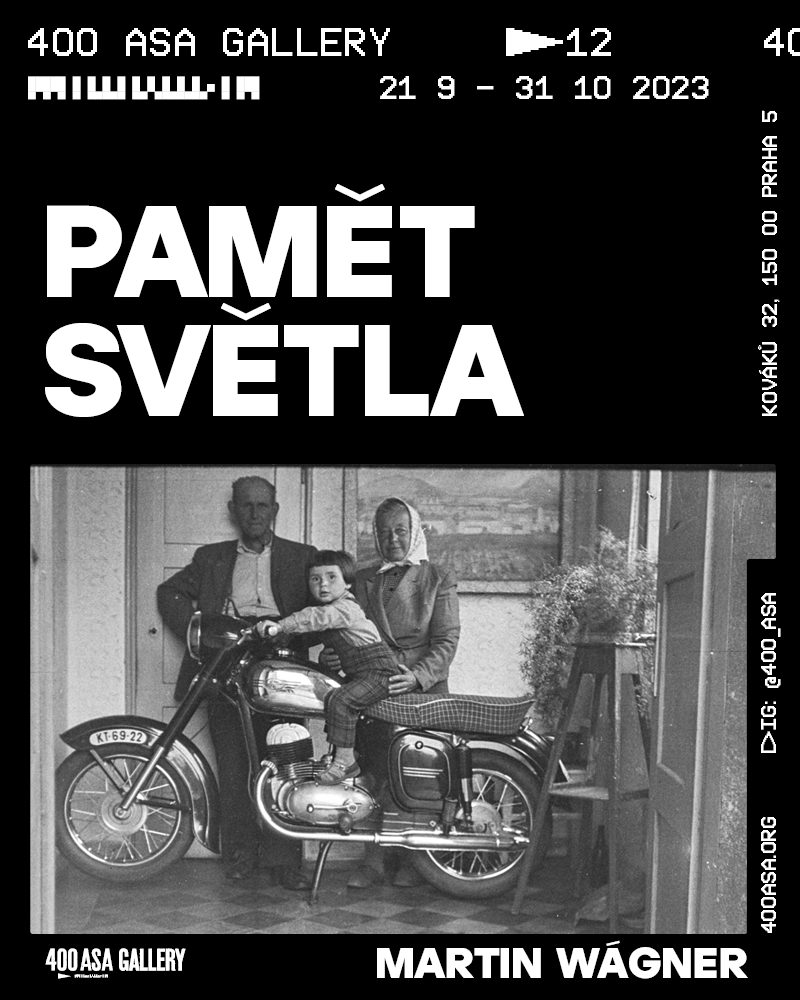
Memories of Light
The photographer and curator Martin Wágner has been collecting historical photographic negatives and slides from unknown authors and domestic archives as part of his “Negatives from the Trash” project. He digitises them and creates an image of life in the 20th century.
In the week prior to the opening of the exhibition “Memories of Light”, Martin Wágner invited the public to lend him their unprocessed photographic archives forgotten in their drawers, attics or cellars. He temporarily moved his studio equipment to the 400 ASA Gallery and he scanned and transferred the material into high quality digital form. The goal was to discover previously unknown, unpublished images, and to continually add the most interesting finds to the exhibition.
Wágner is creating a pictorial document of the 20th century. He enjoys seeing how mostly amateur photographers put their natural skill into taking pictures without being formally educated in photography. At the same time, the found photographs carry informational value about the everyday life of Czechoslovak society. However, when viewing the more than 100 photos in the exhibition, it is important to remember that this is not a comprehensive document – people usually only photograph moments they want to remember, and often don’t record situations that are unpleasant or difficult.
By collaborating on the “Memories of Light” project, the 400 ASA Gallery seeks to break down the barrier between “photographers” and “viewers,” “artists” and “visitors”, and to involve the public in the creative process of preparing a photographic exhibition. Together with Martin Wágner, we ask the question of how to deal with photographic archives in the long term. There is no institution in the Czech Republic that would systematically collect and publish similar photographic archives. However, working with this material brings about many topics for study – among them, for example, the issue of memory, personal identity, documenting the living environment, or monitoring the standard of living of society – and the related leisure activities – throughout history.
Martin Wágner was born in 1980 in Prague. He has been taking photographs since he was twelve years old. He attended the Prague School of Photography and graduated from the Institute of Creative Photography in 2013. The beginnings of his work are connected with classic analogue photography and he tries to keep the style visible even when using a digital camera. In 1994 he started focusing on Russia and Ukraine in his intensive travels and work. He has photographed the Trans-Siberian Railway, former gulag sites in the Far East, whale hunters in Chukotka or volcanologists on Kuril Island. Wágner has won several awards and exhibited at home and abroad. Until the end of 2023, his photographs can be seen in the 400 ASA exhibition at the Katzen Arts Center in Washington DC, where he and his colleagues Karel Cudlin and Jan Dobrovsky are exhibiting photographs from pre-war Ukraine.
